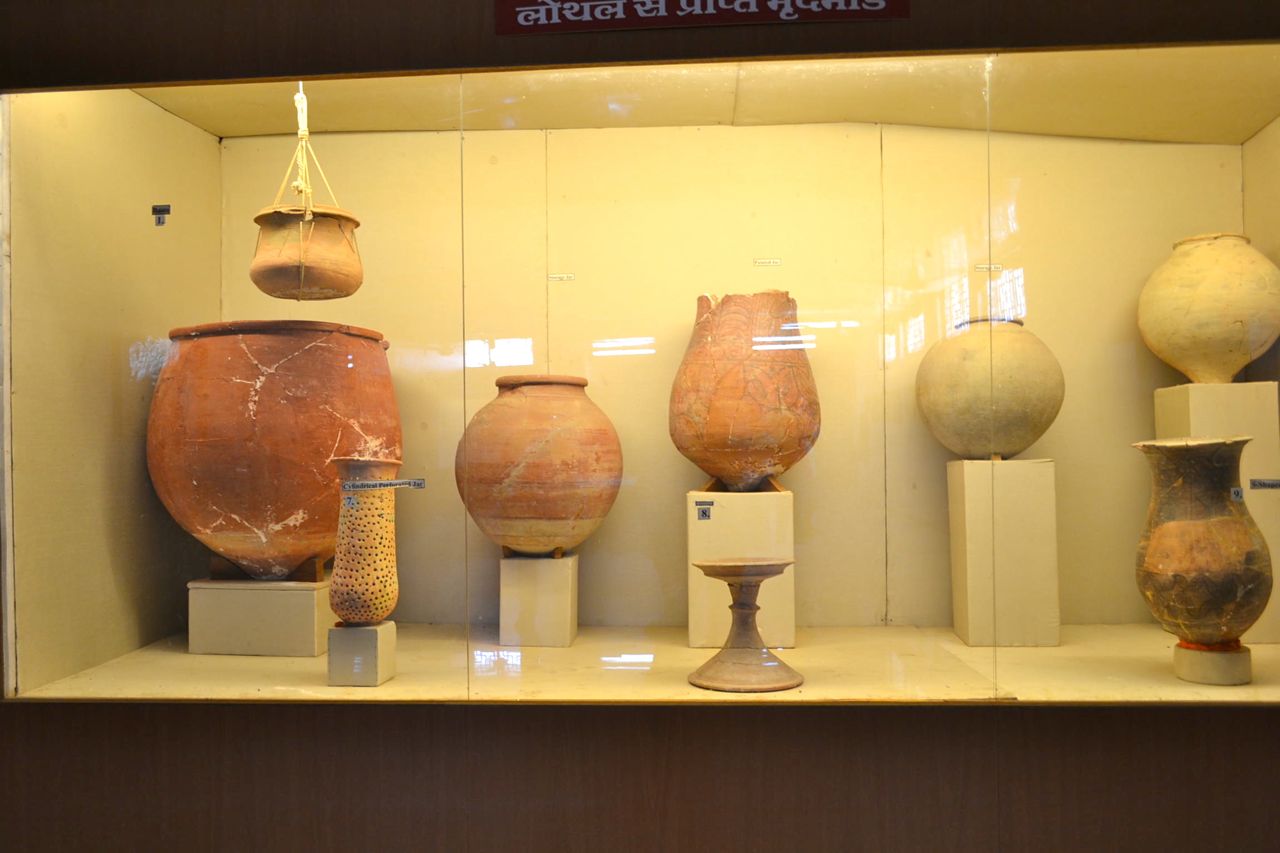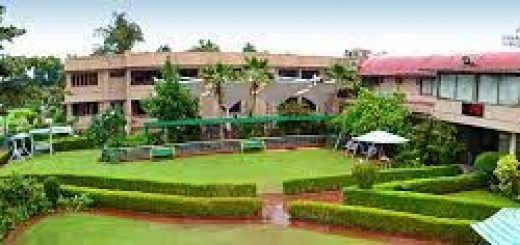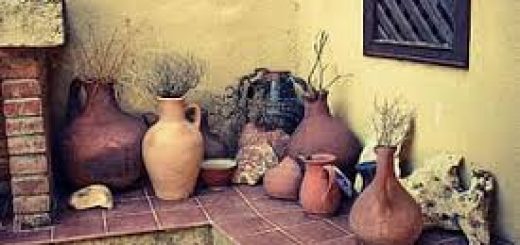
About Lothal
Lothal is a place of historic importance. It was discovered in 1954 and was the southernmost cities of the very ancient Indus Valley Civilization. The excavations started at this place on 13 February 1955 and lasted until 19 May 1960. The complete excavation was handled by Archaeological Survey of India (ASI). It is the official Indian government agency for the preservation of ancient monuments.

The complete civilization was roughly rectangular in plan. It was surrounded by a wall that was initially made of mud. Later this wall was made of mud as well as burnt bricks. There was a burial ground in the extreme northwest section of the settlement. The main citadel area included an elevated area where you can now see remains. These remains are of residential buildings, streets, lanes, bathing pavements and drains.As you walk around the complex you would surely admire the surviving walls of houses, as well as the fascinating drains that still remain there.
World’s oldest dock ?

According to the excavations by ASI, Lothal had the world’s earliest known dock. This dock was speculated to connect town to an ancient course of the Sabarmati river on the trade route between Harappan cities located in Sindh and the peninsula of Saurashtra when the encircling Kutch desert of today was a part of the sea.However, this interpretation has been challenged by many other archaeologists, who argue that Lothal was a comparatively small town, and that the “dock” was actually an irrigation tank.

The controversy was finally settled by the scientists from The National Institute of Oceonography, Goa. They discovered foraminifera (marine microfossils) and salt, gypsum crystals within the rectangular structure. This clearly indicated that the structure was once filled. Lothal site has also been nominated as a UNESCO World Heritage Site, but its application is pending on the tentative list of UNESCO.
Town Planning

The unique characteristic of urban Harappan settlements is in the division of the city into a citadel or ‘Upper Town’ and a ‘Lower Town’. It is assumed that social differentiation existed in Harappan society, and that the ruling class, whatever their nature and composition may have been, would have lived in the Upper Town, where the houses were built on 3-m high platforms and included paved bathing spaces, underground drains and a well for potable water

But the Lower Town was also equipped with crucial civic amenities, and in fact drainage and water facilities in the Harappan civilization are some of the stunning examples of early urbanisation in the Indian Subcontinent.The streets were paved with mudbrick, with a layer of gravel on top. Houses belonging to artisans such as coppersmiths and beadmakers have been identified from the presence of kilns, raw materials and artefacts.
A Well Planned Drainage System
The drainage system of Lothal is another key feature. there were also 12 private paved baths on the upper town, probably for the ruling classes. These all show a remarkably forward thinking concern for hygiene and sanitation.

Burial methods :

Museum
There exists a archaeological museum in Lothal, which was set up in 1976. This mueseum hosts a large display of some of the most striking and amazing artifacts found during the excavations.The museum timings are 10.00am-5.00pm and it remain closed on Fridays.
Other Important Excavations
1. Well

2. Pot Furnace

3. Seals
Lothal holds the third largest collection of seals and sealings, engraved on steatite, with animal and human figurines and letters from Indus script, but these remain undeciphered, so they do not provide as much insight into the material culture as the other findings. They do however show aspects of the spiritual culture; there are signs of worship of fire, and of the sea goddess, but not of the mother goddess.
4. Beads

Lothal had a highly developed bead-making industry that has not been surpassed even by the modern Cambay craftspeople working 4000 years later. Lothal was famous for its micro-beads that were made by rolling ground steatite paste on string, baking it solid, and then cutting it with a tiny saw into the desired lengths. The expertise is evident in the micro-beads of gold under 0.25 mm in diameter which cannot be found anywhere else. The gold, like today, was most likely only for the upper classes, while the poorest citizens had to make do with shell and terracotta ornaments.
5. Weights and Tools
despite the vast area over which the Harappan culture spread, it developed an extraordinarily precise system of weights and measures, standardized across the empire, represented in the local materials at Lothal. beautiful designs of human and animal figurines, often of bulls.
6. Pottery and earthenware





Recent Comments